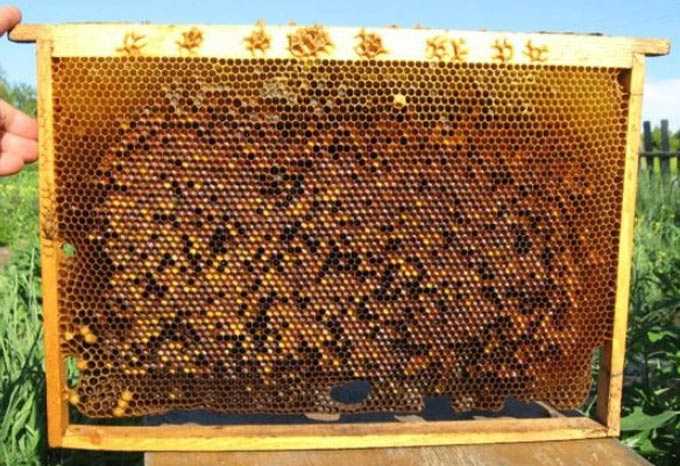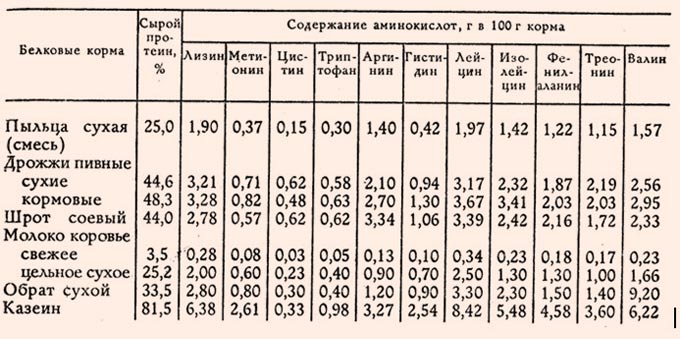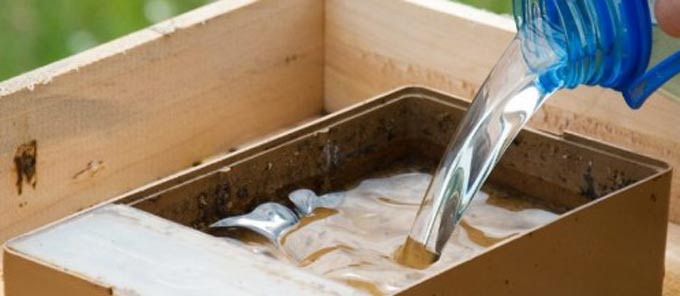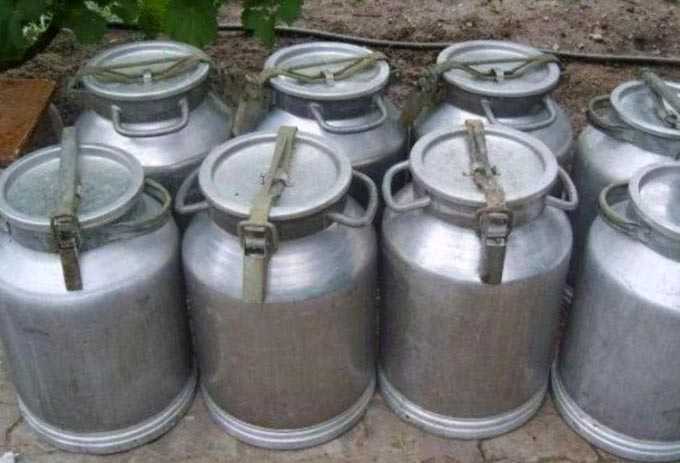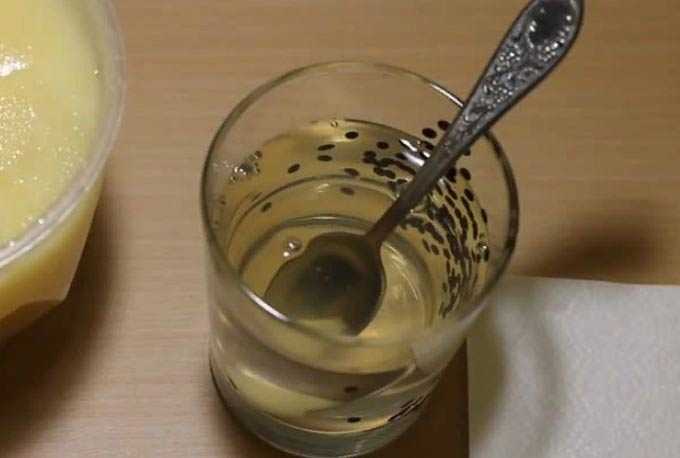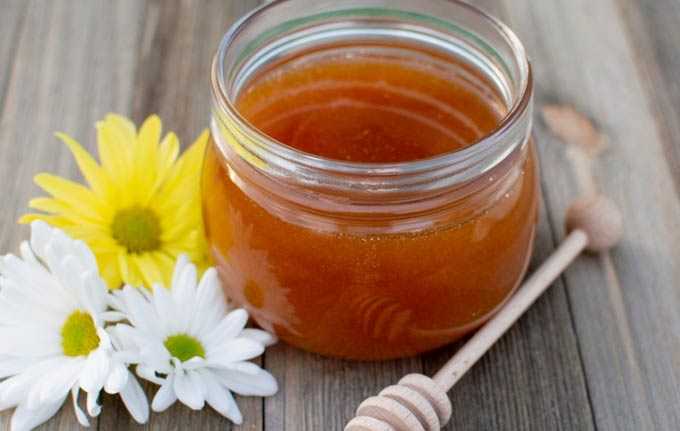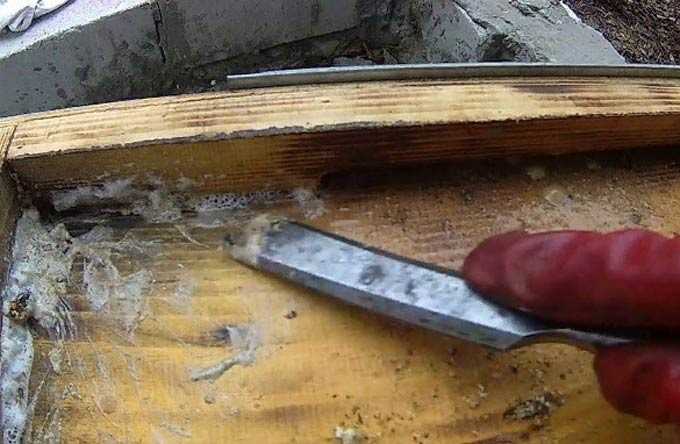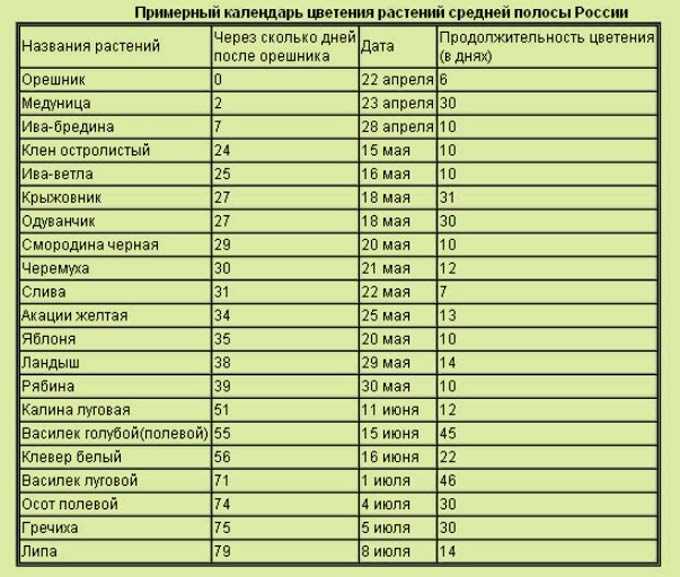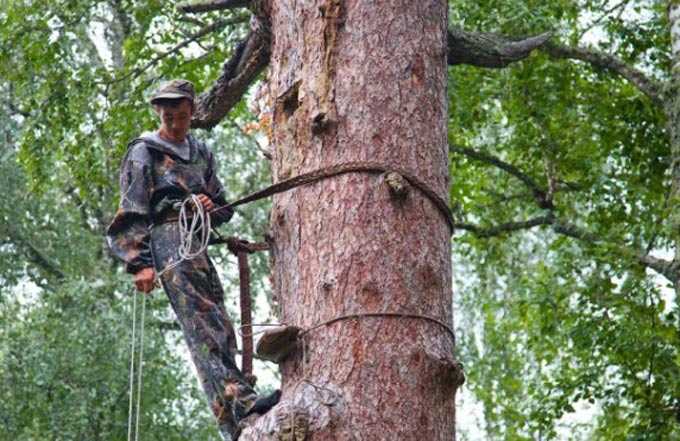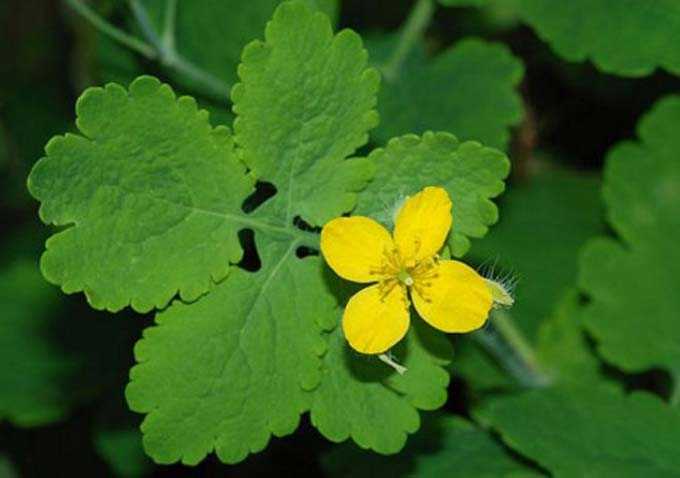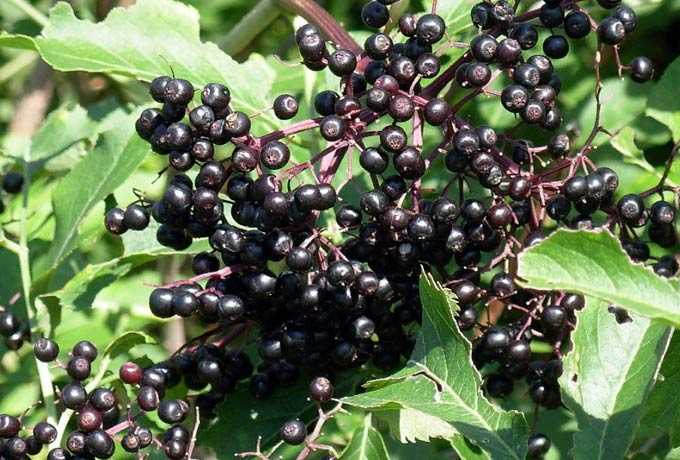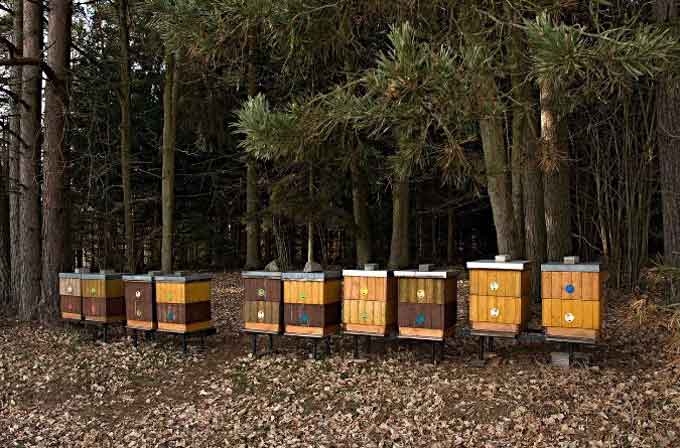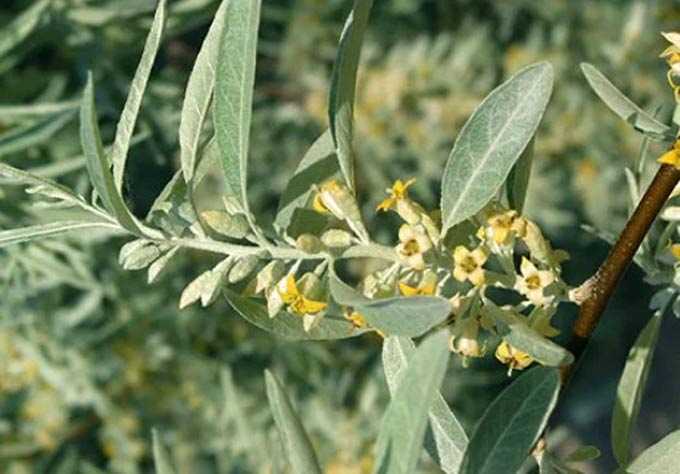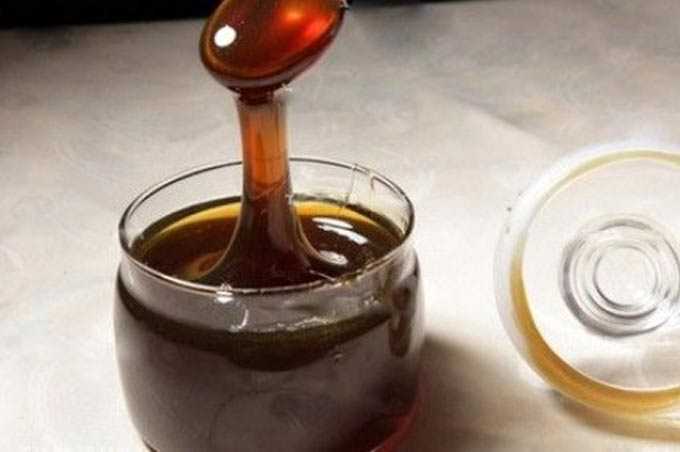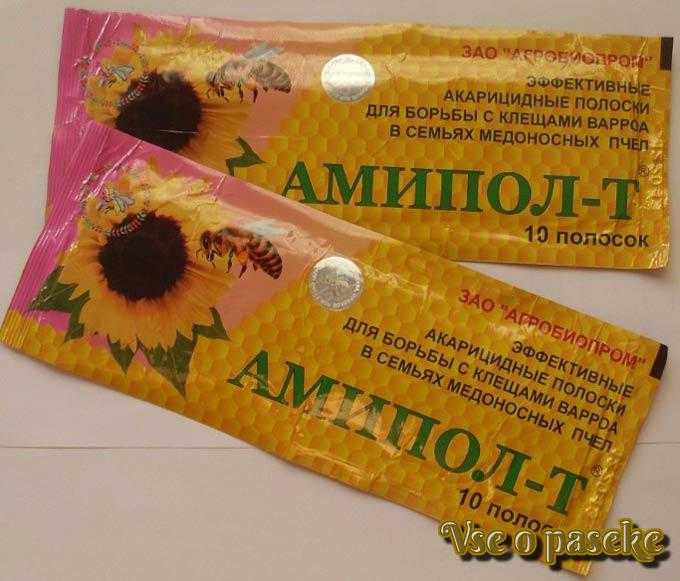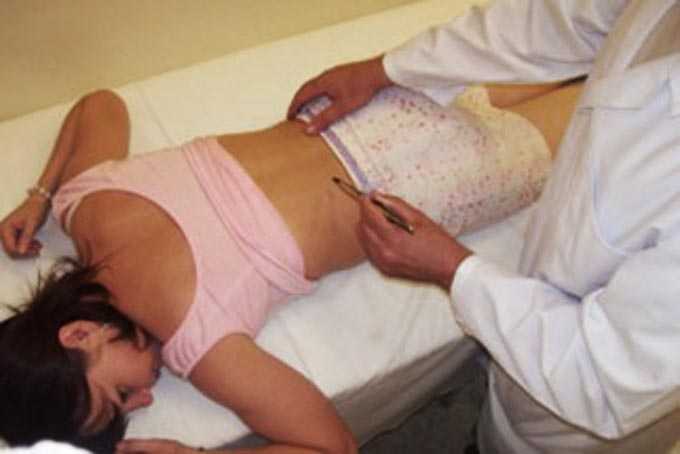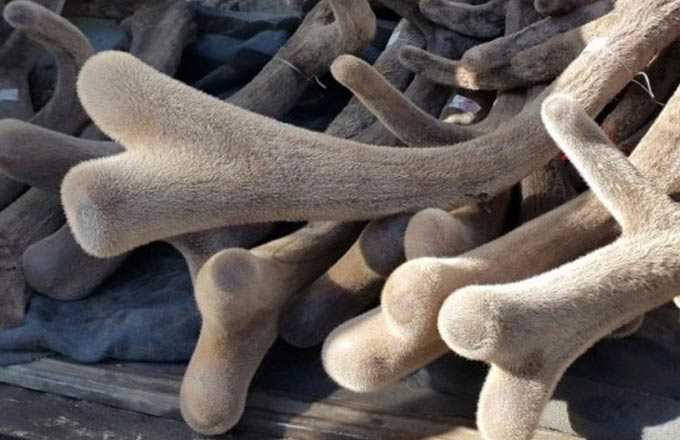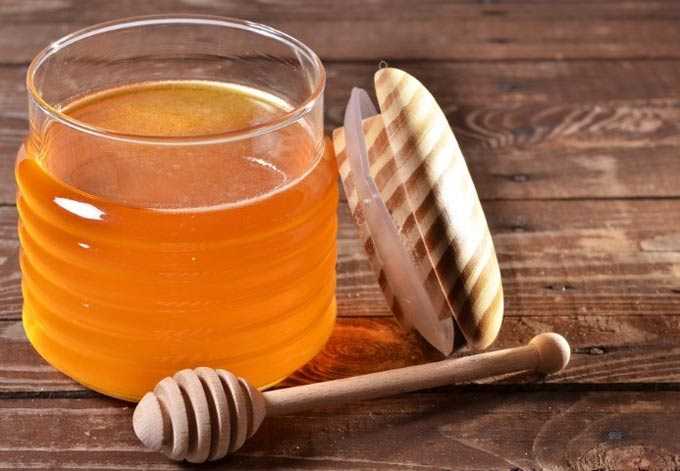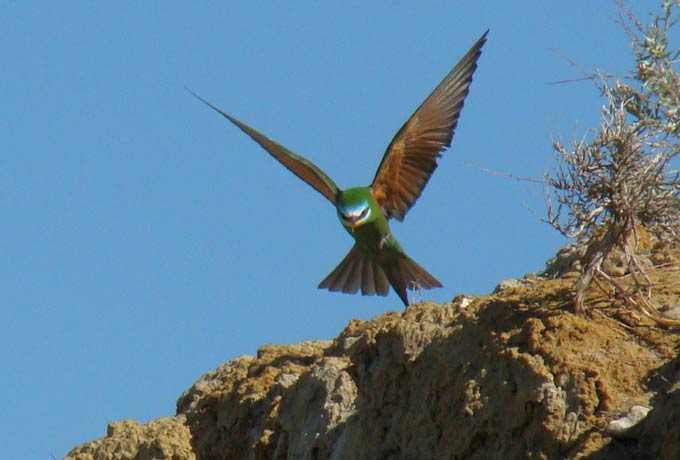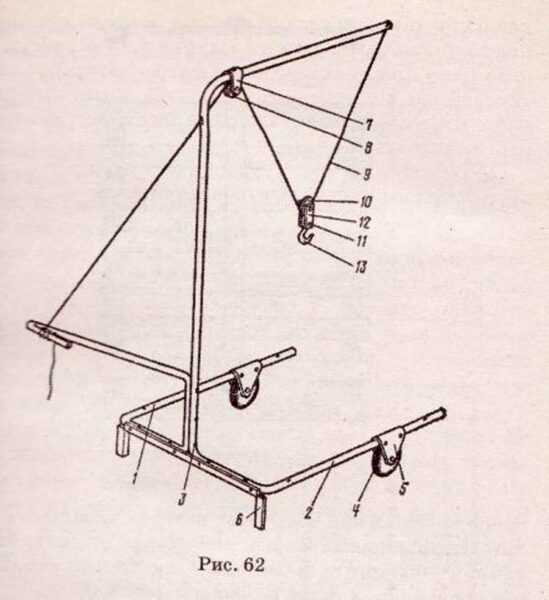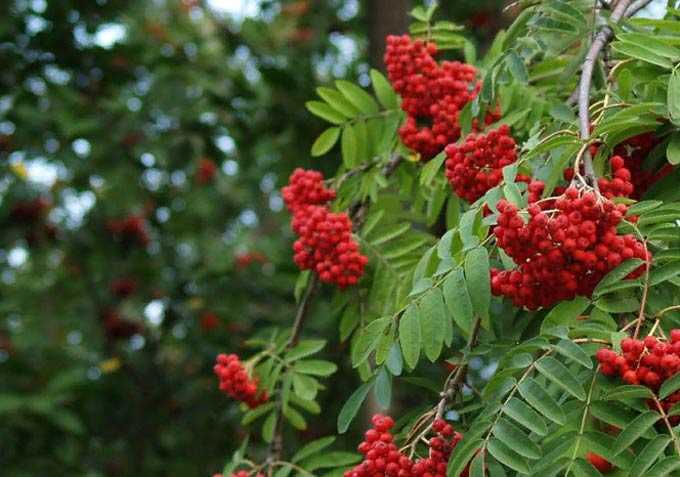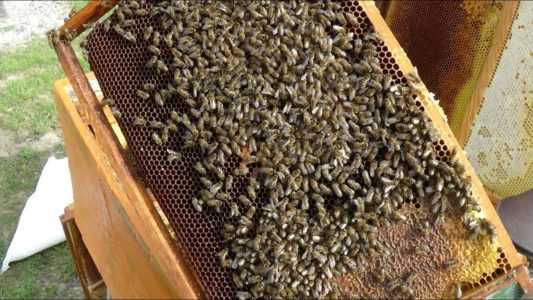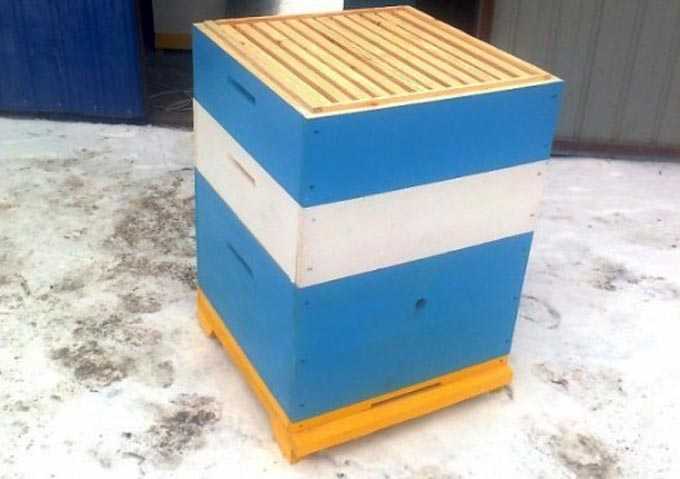It is impossible to overestimate the importance of bee pollen and bee pollen in the diet of a bee colony. It is no coincidence that bee bread is called bee bread. It contains all proteins, amino acids, vitamins, biologically active substances necessary for the body of bees.
The content of the article
- 1 The consequences of protein starvation
- 2 Critical periods
- 3 From beekeeping practice
- 4 If there are not enough pollen crops
- 5 About the nutritional value of protein supplements
- 6 Types of dressings and methods of delivery (recipes)
- 6.1 dry
- 6.2 Liquid
- 6.3 Pasty
The consequences of protein starvation
Even if there is a sufficient amount of honey feed, in the case of a lack of bee bread or pollen, protein starvation of the family occurs:
- oviposition is significantly reduced or stopped altogether;
- an already seeded brood grows defective;
- adult insects often get sick and quickly move away;
- there is no need to talk about the medical productivity of such a family.
Critical periods
Fortunately, this happens very rarely! A similar situation can arise only due to abnormally unfavorable weather conditions or erroneous actions of the beekeeper.
Critical periods in terms of the onset of protein starvation are:
- February – early April;
- and also, much less often, the end of August – the beginning of September.
If during these periods, due to rainy or cold weather, the bees cannot provide the families with pollen and, at the same time, the beekeeper has not enriched the families with a sufficient amount of bee bread, the bee colonies will need proteins.
From beekeeping practice
Let’s say right away that we have never used protein feeding of bees in our apiary..
Even when they were actively engaged in the collection of pollen on an industrial scale for several years (we collect small amounts on order and for personal use every year), the bees provided themselves with sufficient amounts of protein feed.
According to our observations, no more than 20% of the pollen brought into the hive got into the pollen catchers. Although, of course, perhaps we were just lucky with the region, where almost all warm seasons of the year there is a flowering of various pollen plants.
Despite the collection of pollen, from the flowering of the apple tree to the end of the flowering of the sunflower, the bees managed to prepare two full beech frames, as well as several frames, which can be called honey-bee bread.
This amount of protein feed was always enough for the successful passage of critical periods and there was no need for additional feeding.
The only problem that could arise was when, after the last pumping of honey, when the frames were returned to the hives for drying, several honey-beech frames fell into one hive, and some of them did not. Therefore, the beekeeper was required to inspect the families in advance and ensure an even distribution of the bee-tree frames across all bee colonies before wintering.
If there are not enough pollen crops
In regions where there is not a sufficient number of pollen-bearing plants, it is recommended to harvest beech frames for wintering during the entire warm period.
During the period of maximum pollen flowering, frames with bee bread should be selected from families, thereby stimulating them to more actively collect pollen. And then, as necessary, give these frames at the end of August to increase egg-laying before winter, or when forming nests in winter. Alternatively, give them to families at the end of February to avoid spring protein starvation.
You can also organize the collection of pollen for further feeding. In general, do everything possible to provide bee colonies with natural protein feed. Because a full-fledged substitute for bee bread and pollen does not exist in nature!
About the nutritional value of protein supplements
If bees can overwinter on sugar in the absence of honey, then in the absence of natural protein feed, no substitutes will be able to ensure the healthy development and even the very survival of the bee colony. Therefore, they are called not substitutes, but dressings or additives.
If natural pollen or bee bread appears in the hive, insects immediately lose interest in artificial additives, which also indicates their inferiority.
The value of any protein supplement depends on their chemical composition, primarily on the amount of protein they contain.
Table: Content of crude protein and amino acids in pollen and substitutes, according to A. Malay
If possible, it is recommended to give a mixture of the above additives to compensate for the absence or deficiency of various amino acids in certain types of feedings.
Types of dressings and methods of delivery (recipes)
Top dressing is divided according to the preparation method into:
- dry;
- liquid;
- and pasty.
dry
It is easiest to give dry. For example, put milk powder on sheets of cardboard, slate or large trays and place them in the apiary. But with this method of feeding, the least feed is eaten. In addition, it is very dependent on the weather (rain or strong wind will not give an opportunity to feed).
Liquid
The simplest and most common feeding is dairy. On the first day, 10% is added to the sugar syrup, then 20% and so on up to 50% of fresh cow’s milk, and in this form they feed the families 200 grams every other day in ceiling feeders.
Read: Sugar syrup for bees
Also, instead of fresh milk, you can use dry milk, diluted with water in a proportion of 250 gamma per 850 milliliters of water.
Pasty
Pasty top dressing is made from soy flour (60%), milk powder (20%) and brewer’s or baker’s yeast (20%). These components are mixed with sugar syrup to a doughy state and given in the form of cakes on the frames above the nest.
For better eating and assimilation of protein supplements, it is recommended to put at least 10-15% of natural pollen in them. For this, we strongly advise you to collect it during the period of the most active pollen-producing plants, even in regions poor for pollen-producing plants.
